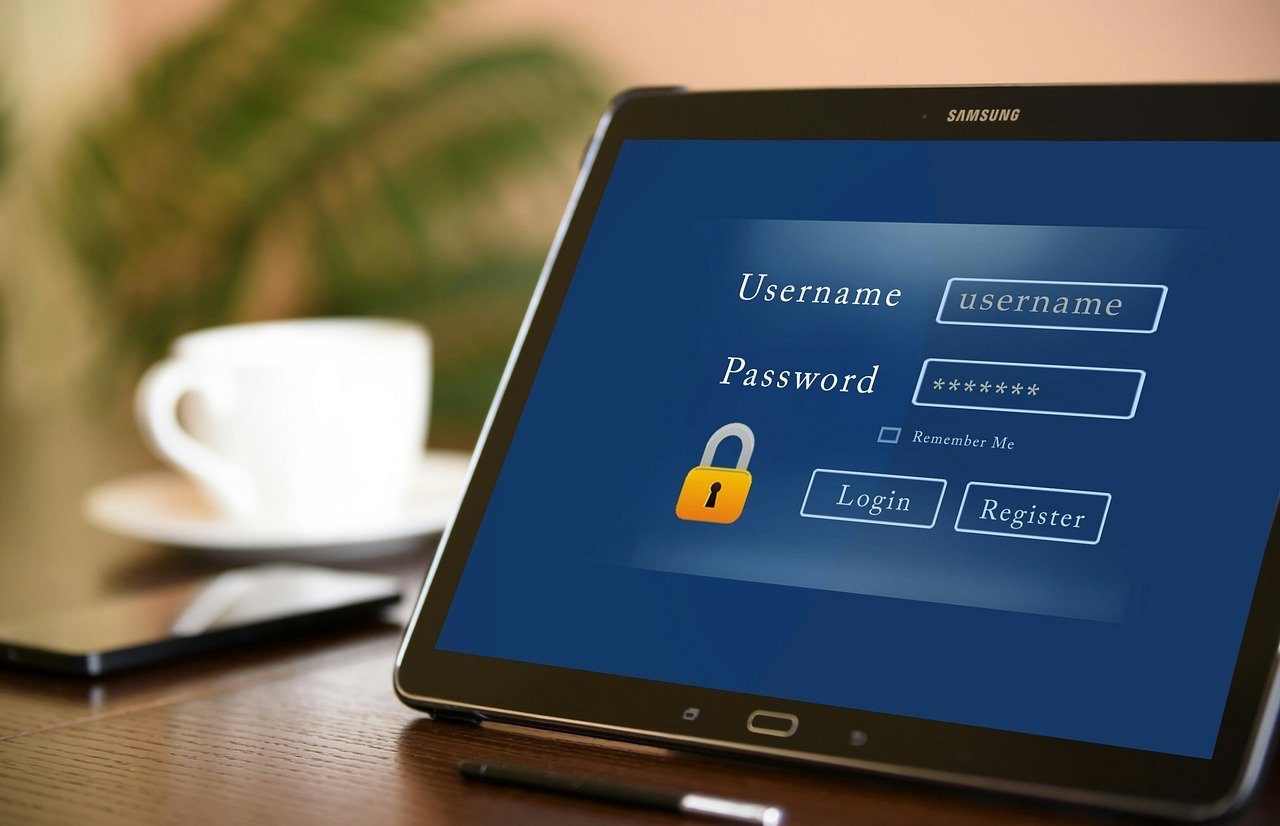Access control: it’s more than just a lock on a door or a password on your computer. It’s the foundation of security for any organization, ensuring that sensitive data and valuable resources are protected from unauthorized access. In a world where data breaches are increasingly common and regulations are becoming stricter, understanding and implementing effective access control measures is crucial for safeguarding your assets and maintaining trust. This article will explore the various facets of access control, from its fundamental principles to practical implementation strategies.
Understanding Access Control
Access control is a security technique that regulates who or what can view or use resources in a computing environment. It’s a fundamental concept in information security, aimed at minimizing risks and ensuring data confidentiality, integrity, and availability. Think of it as a gatekeeper, verifying identity and permissions before granting entry.
Why is Access Control Important?
- Data Protection: Prevents unauthorized access to sensitive information like customer data, financial records, and intellectual property.
- Compliance: Helps organizations meet regulatory requirements such as HIPAA, GDPR, and PCI DSS.
- Risk Mitigation: Reduces the risk of data breaches, insider threats, and other security incidents.
- Operational Efficiency: Streamlines access management, enabling employees to quickly and securely access the resources they need.
- Enhanced Productivity: Ensures users can access the right resources at the right time, improving overall efficiency and preventing bottlenecks.
Key Components of Access Control
- Identification: Verifying the identity of the user or entity attempting to access the system or resource. This could be through usernames, biometrics, or security tokens.
- Authentication: Confirming the claimed identity through methods like passwords, multi-factor authentication (MFA), or digital certificates.
- Authorization: Determining what resources the authenticated user or entity is allowed to access and what actions they are permitted to perform.
- Accountability: Tracking and logging access attempts and actions to ensure users are held responsible for their activities. Audit logs can be crucial for incident response and investigations.
Types of Access Control
Different access control models cater to various organizational needs and security requirements. Choosing the right model is crucial for ensuring effective protection.
Discretionary Access Control (DAC)
- Description: In DAC, the owner of the resource decides who has access and what level of access they are granted. The owner can grant or revoke permissions at their discretion.
- Example: A file owner in a file system granting specific users read, write, or execute permissions.
- Pros: Simple to implement and manage, provides flexibility to resource owners.
- Cons: Vulnerable to security breaches if owners are negligent in granting permissions. Susceptible to Trojan horse attacks if a user is tricked into running malicious code with the owner’s permissions.
Mandatory Access Control (MAC)
- Description: MAC is a more restrictive model where the operating system or security policy controls access based on predefined classifications and clearances. Users are assigned security clearances, and resources are assigned security labels. Access is granted only if the user’s clearance matches or exceeds the resource’s label.
- Example: Military or government systems where information is classified as “Confidential,” “Secret,” or “Top Secret,” and users must have the appropriate clearance level to access each classification.
- Pros: Highly secure, minimizes the risk of unauthorized access.
- Cons: Complex to implement and manage, can be inflexible.
Role-Based Access Control (RBAC)
- Description: RBAC assigns permissions based on roles within the organization. Users are assigned to roles, and each role is granted specific access rights. This simplifies access management by assigning permissions to roles rather than individual users.
- Example: A hospital might have roles like “Nurse,” “Doctor,” and “Administrator,” each with different levels of access to patient records and other sensitive information.
- Pros: Easy to manage, scalable, and reduces administrative overhead.
- Cons: Requires careful planning and role definition to ensure effectiveness. Role proliferation can become a challenge.
Attribute-Based Access Control (ABAC)
- Description: ABAC is the most flexible and granular access control model. It uses attributes of the user, resource, and environment to determine access. Attributes can include user roles, resource type, time of day, location, and many other factors.
- Example: Allowing access to a database record only if the user is a manager, the record pertains to their department, and the access attempt is made during business hours.
- Pros: Highly flexible, granular control, can adapt to changing business needs.
- Cons: Complex to implement and manage, requires careful attribute definition and policy creation.
Implementing Access Control: Best Practices
Implementing access control effectively requires a well-defined strategy and adherence to best practices.
Developing a Comprehensive Access Control Policy
- Define Scope: Clearly define the resources and systems covered by the access control policy.
- Identify Roles and Responsibilities: Assign roles and responsibilities for access control management, including who is responsible for granting, reviewing, and revoking access.
- Establish Access Control Models: Determine which access control models are most appropriate for different resources and systems.
- Document Procedures: Create detailed procedures for requesting, approving, and granting access.
- Regular Review: Periodically review and update the access control policy to ensure it remains relevant and effective.
Multi-Factor Authentication (MFA)
- Implementation: Implement MFA to add an extra layer of security beyond usernames and passwords. MFA requires users to provide two or more verification factors, such as something they know (password), something they have (security token), or something they are (biometric).
- Benefits: Significantly reduces the risk of unauthorized access, even if passwords are compromised.
- Considerations: Choose an MFA method that is convenient for users while providing adequate security.
Principle of Least Privilege
- Definition: Grant users only the minimum level of access required to perform their job duties.
- Benefits: Limits the potential damage from insider threats, malware infections, and accidental errors.
- Implementation: Regularly review user permissions and remove unnecessary access rights.
Regular Access Reviews
- Frequency: Conduct regular access reviews to ensure that users still require the access they have been granted.
- Process: Involve resource owners and managers in the review process to validate access requirements.
- Documentation: Document all access review activities and decisions.
Monitoring and Auditing
- Implementation: Implement robust monitoring and auditing systems to track access attempts and user activities.
- Benefits: Provides visibility into potential security breaches, helps identify policy violations, and supports incident response.
- Tools: Use security information and event management (SIEM) systems to aggregate and analyze security logs.
User Training and Awareness
- Importance: Educate users about access control policies and best practices.
- Topics: Cover topics such as password security, phishing awareness, and the importance of reporting suspicious activity.
- Frequency: Conduct regular training sessions and provide ongoing reminders.
Access Control in the Cloud
Cloud environments introduce unique challenges and opportunities for access control.
Identity and Access Management (IAM)
- Description: Cloud providers offer IAM services that enable organizations to manage user identities and access permissions across cloud resources.
- Features: IAM services typically include features such as user authentication, authorization, and role-based access control.
- Benefits: Simplifies access management, enhances security, and ensures compliance with cloud security best practices.
Cloud-Native Access Control
- Description: Leverage cloud-native access control mechanisms to protect cloud resources. This includes using resource-based policies, service control policies (SCPs), and other cloud-specific features.
- Examples: AWS Identity and Access Management (IAM), Azure Active Directory (Azure AD), Google Cloud Identity.
- Benefits: Provides granular control over access to cloud resources, enhances security posture, and reduces the risk of data breaches.
Zero Trust Architecture
- Description: Implement a Zero Trust architecture in the cloud, which assumes that no user or device is inherently trustworthy, regardless of location or network.
- Principles: Verify every access request, grant least privilege access, and continuously monitor and audit access activities.
- Benefits: Significantly reduces the risk of unauthorized access in cloud environments.
Conclusion
Access control is a critical component of any robust security strategy. By understanding the different types of access control, implementing best practices, and leveraging cloud-native capabilities, organizations can effectively protect their valuable assets from unauthorized access and maintain a strong security posture. Continuous monitoring, regular reviews, and user education are essential for ensuring the ongoing effectiveness of access control measures. By taking a proactive approach to access control, organizations can minimize risks, ensure compliance, and build trust with their customers and stakeholders.



